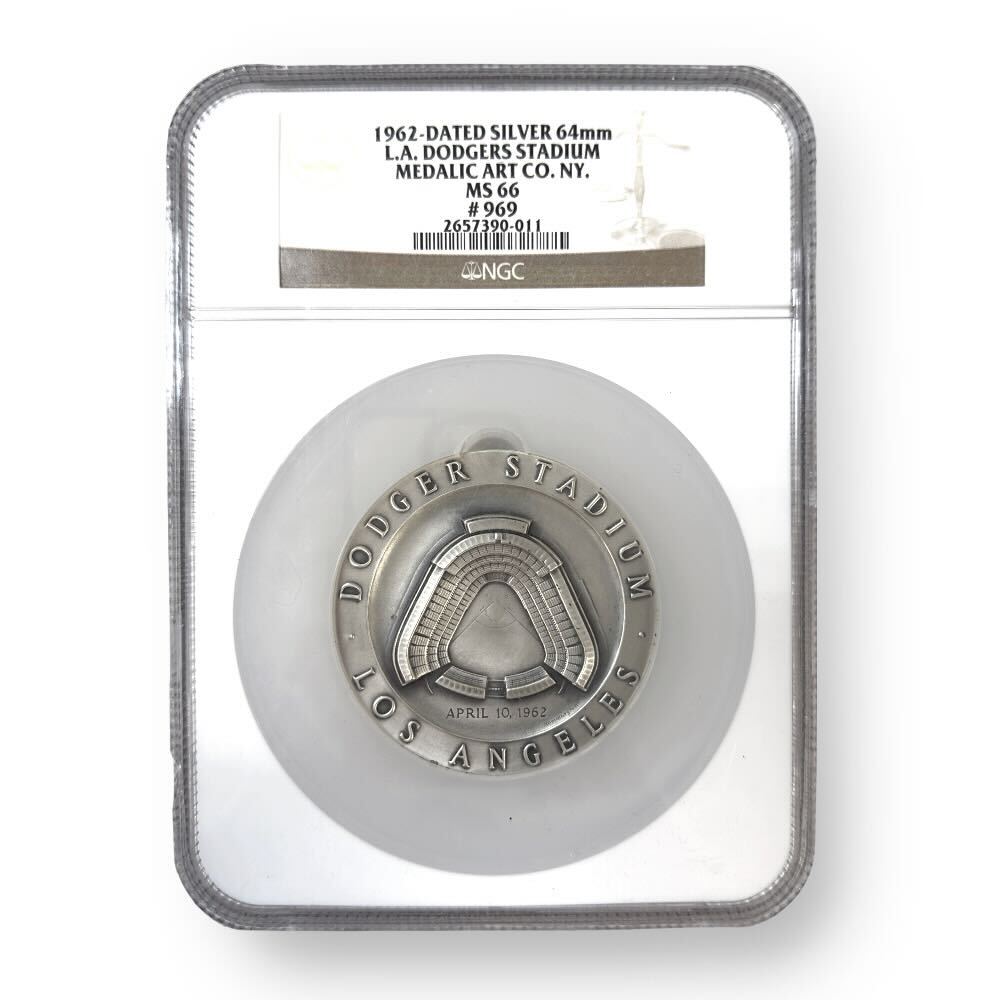- Back to:
- Jersey World Coins

Jersey 1/13 Shilling 1844 KM#3 XF.
| Qty | Wire/Check | Bitcoin | CC/Paypal |
| Any | $16.00 | $16.16 | $16.64 |
The Jersey 1/13 Shilling of 1844, cataloged as KM#3, is a notable piece of numismatic history that captures a significant period in the island’s monetary evolution. Jersey, a British Crown Dependency, has a unique numismatic heritage, and this particular coin reflects the island’s distinct currency practices during the early 19th century. The coin was minted during a period of transition and development for Jersey’s currency system, which sought to blend local traditions with broader monetary practices.
In 1844, Jersey was a small but economically active island with a currency system that was both influenced by and distinct from British monetary practices. The introduction of the 1/13 Shilling was part of a broader effort to modernize and standardize Jersey’s coinage while retaining local characteristics. The coin was issued to facilitate everyday transactions and to accommodate the island’s economic needs, which were evolving due to increased trade and interaction with Britain and other regions.
The design of the 1844 1/13 Shilling is rich in historical symbolism. On the obverse side, the coin features a portrait of Queen Victoria, who was the reigning monarch at the time. The portrait is rendered with a classic, regal appearance, capturing the Queen’s dignified and authoritative presence. Surrounding the portrait are the inscriptions “VICTORIA” and “QUEEN,” which clearly identify the monarch and affirm her role as the sovereign. The portrait is crafted with a high level of detail and artistry, reflecting the standards of coin design during the Victorian era.
On the reverse side of the coin, the design showcases Jersey’s coat of arms. The coat of arms features three lions passant guardant, which have been a long-standing symbol of Jersey’s historical connection to the British Crown. This emblem is surrounded by the inscriptions “JERSEY” and “1/13 SHILLING,” indicating the coin’s origin and denomination. The use of the coat of arms underscores Jersey’s unique identity and its relationship with the British monarchy, highlighting the island’s autonomy within the framework of British currency.
The 1844 1/13 Shilling was minted by the Royal Mint, known for its high standards of precision and craftsmanship. The coin is made of silver, a material commonly used for small denomination coins of the time. The XF (Extremely Fine) grade of this coin suggests that it is in excellent condition, with minimal signs of wear and a well-preserved design. Coins in this grade are highly valued by collectors for their historical significance and aesthetic appeal, making this 1/13 Shilling a prized addition to any collection focused on Jersey’s numismatic history.
The mintage figures for the 1844 1/13 Shilling are not readily documented, but it is understood that the production of such coins was relatively limited compared to modern standards. The combination of a limited mintage and the coin’s historical context contribute to its desirability among collectors. The scarcity of these coins and their role in Jersey’s monetary history enhance their appeal as collectible items.
Jersey’s role as a British Crown Dependency allowed it to issue its own currency while maintaining a close connection with Britain. The 1844 1/13 Shilling exemplifies Jersey’s efforts to integrate local traditions with British monetary practices. The coin’s design, featuring Queen Victoria and the Jersey coat of arms, highlights the island’s historical relationship with the British monarchy and its unique position within the British currency system.
In conclusion, the Jersey 1/13 Shilling of 1844, cataloged as KM#3, is a significant numismatic artifact that reflects Jersey’s historical evolution and its relationship with British currency. The coin’s detailed design, including the portrait of Queen Victoria and the Jersey coat of arms, along with its XF grade and historical context, makes it a valuable piece for collectors and historians alike. This coin represents Jersey’s distinct identity and serves as a testament to the craftsmanship and artistry of early 19th-century coinage.







